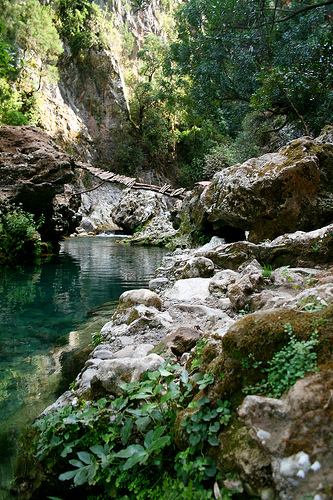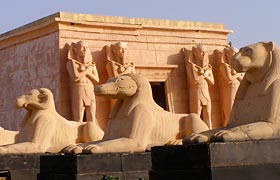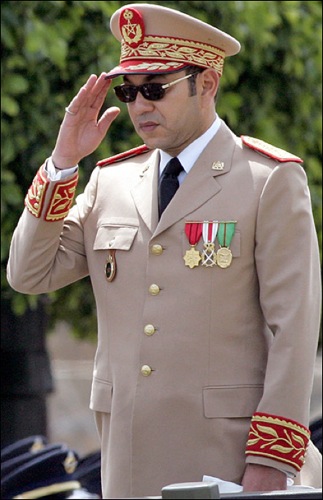Posts Tagged ‘Dades Valley’
Do you dream of taking a vacation to a place where there are wide open spaces? Magnificent desert landscapes, rocky gorges, ancient kasbahs sprawled across a mountain backdrop and bustling old cities? Are you also a nut for keeping conservation on your mind, being careful and conscious of the way…
At the small town of El Kelaa M’Gouna (also referred to as the Valley of Roses) in the aSouth of Morocco, a 140km East of Ouarzazate, in the heart of Dades Valley one can see the manual harvest of Damas roses and the Rose Festival in May each year. There…
Things to do in Ouarzazate. The Top 10 Things to do in Ouarzazate, Morocco is a hot list of activities and experiences that one can do alone, with their spouse or friends and family in the the door to the Sahara Desert. The most popular activities on a Ouarzazate Tour typically included spending time visiting the Oasis of Fint, the many Kasbahs in the region such as Ait Benhaddou Kasbah, Kasbah Tifoultilte, Kasbah Taouirirt, Kasbah Telouet and Kasbah Telouet in the Tizzin’ Tichka Pass. A Sahara Tour from Ouarzazate to the region of Zagora where one can pass through the Draa Valley’s volcanic rock, the old road of Caravans and have lunch with a Berber, Moroccan family is not to be missed. In Zagora or the M’hamid Sahara Desert one can take a 4×4 tour by pise and explore the unique flora and fauna of Morocco’s Sahara region.
How does the Ramadan fast affect tourists traveling to the Imperial Cities, the Sahara Desert and other regions of Morocco during this high holy holiday? Can tourists eat or drink in public during Ramadan? This article should clear up the confusion on this issue for tourists, to explain the most polite solutions for tourist behavior at this time, and to assure tourists that there is no problem with them visiting Morocco during Ramadan. Because the Islamic calendar is lunar, holidays such as Ramadan advance by approximately ten days with each subsequent year. This means that Ramadan makes a cycle through the entire calendar of twelve months each twenty-some years. This year, Ramadan started on August 12th, 2010 in Morocco. The fast presently starts in Morocco at approximately 4:30 AM, and ends in the evening at approximately 7:30 PM.
For anyone interested in touring Morocco’s kasbahs or ksars, I highly recommend starting with Kasbah Taourirt, the Pasha Glaoui’s former palace in Ouarzazate. Kasbah Taorirt was built by the Pasha Glaoui. Its location was strategic for trading routes and in the 1930’s when the Glaoui ruled the South was then considered one of Morocco’s largest Kasbahs. Kasbah Taourirt was one of the places Glaoui kept his slaves. As a Moroccan traveler you can explore its nooks and crannies to discover its history and often local female painters who sell their art inside as well as the many quality silver shops just steps outside the Kasbah.
Morocco Travel News, King Mohammed VI of Morocco visited the Ouarzazate region today, passing through the main street, Rue Mohammed VI. The King was in the Saharian town of Errachidia prior to his arrival in Ouarzazate. King Mohammed VI of Morocco’s final destination for the day was his villa in The Royal Golf, juxtaposed near Lake El Mansour.







